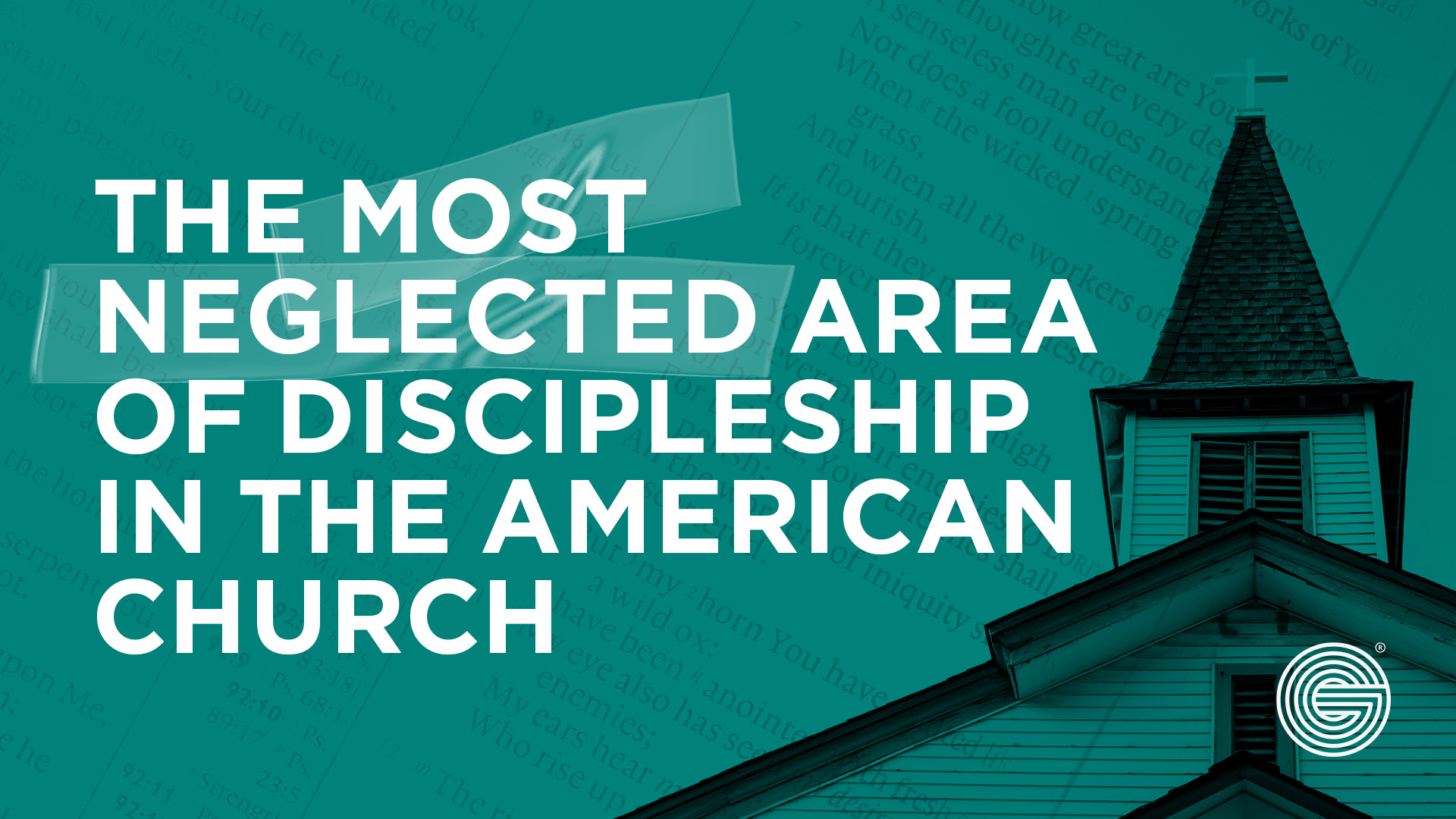Reimagine Your Church Building, Metrics and Processes for a New Generation
The expression of the local church is changing. About 40 years ago, services changed formats to what we now experience as modern worship. Now, we're seeing a new shift to rethinking how we use our church building.
Local Churches are Changing
Around 1980, a few innovators disrupted the style of the local church as we have known it for many years. You know the church—the one our parents and grandparents attended. Generally, smaller churches focused on pastoring the flock of members. Worship services focused on traditional songs from a hymnal led by a piano or an organ. It worked for many years.
These innovators introduced some new elements. Seeker-friendly church. Trying to attract people who traditionally have been turned off by the Church. They introduced modern music. In contemporary music, the songs are more like the music we hear on the radio, and we started using screens instead of hymnals. Then, of course, there was a period when there was controversy over the style of songs we sing in church, the “worship wars,“ as we called it. It was unpleasant but didn’t last that long.
The church growth movement, led by Peter Wagner, Lyle Schaller, Elmer Towns, Carl George, and others, accelerated during this time. The larger church, the Megachurch, with 2,000 or more people, became real. At first, there were a few, and then they were many.
There were many other changes, but the point is this: A new expression of church emerged.
What started as what I call Baby Boomer church — by Boomers, for Boomers. An expression of church that resonated with the Baby Boomer generation. It was a great thing at the time. But now, we find ourselves in the middle of new shifts. Cultural shifts. Generational shifts. Among others.
And, as a part of the shifts occurring, the Boomer model of church is not as effective at attracting successive generations, especially Millennials and Gen Zers. On top of that, Baby Boomers are aging out of the local church. Retiring. Moving. Finding more time for leisure activities. And that affects the local church as it has been expressed for the last 40+ years.
It’s time for us to take a realistic look at the expression of the church. And begin thinking about making changes. Changing many things, but I want to focus on just three.
Re-envision Your Church Building
In the Boomer area, buildings were primarily designed for Sunday, and then we tried to find ways to use them the other six days of the week. Not a bad thing necessarily. But we ended up with many large buildings that saw very little utilization from Monday through Saturday.
Not great stewardship. But it worked. For a while.
And now, especially among Millennials and Gen Z, they want to see buildings purposed differently. Better stewardship. More outreach. More community focus. So, the model reverses itself. Buildings that are primarily designed to be highly used from Monday through Saturday. And then, we use them for worship services on Sunday.
Better stewardship. More community focus. More outreach. It’s an expression of the church that they can believe in.
The research is clear that the younger generations don’t seem to be as inclined toward church as previous generations. I understand that and respect the research. However, in my interaction with Millennials and Gen Zers, I sense that it is more about the fact that they don’t relate to the expression of church that worked so well in the Boomer generation.
So, if we want to reach the next generation, we must re-envision our church building. The ones we are building. And modify the ones that are already standing.
Rethink Your Church Metrics
Our key metrics reveal what we truly value. And what we measure tends to be how we define success. For example, in the Boomer era of the church, we tended to focus on giving and church attendance. Nothing wrong with that. Those are both measures of vibrancy at the local church level.
However, the unintended consequence is that it placed more value on showing up than being deeply transformed. And in the process, we have a generation of people who have subconsciously learned to believe that church attendance is the primary goal. The real goal is what we do as a result of having attended church.
Measuring overall giving is fine, but it tends to define success by how much is given, especially if it meets the ministry budget for the year. There are deeper and better meanings to giving that could be measured, especially in the engagement of givers.
Flourishing in the local church is better defined by metrics that measure engagement, especially in the things that grow mature disciples. Therefore, our dashboards should be rethought to measure those things and adapt our strategies accordingly.
Reimagine Your Church Disciple-Making Processes
As I stated in one of my previous articles, discipleship is a big topic in almost every conversation among church leaders. There is a broad consensus that we have not been getting it right. The evidence is apparent in how people represent Christ and the church in the public sector. There is not enough difference between the people of the church and the people of the world. Christ followers being salt and light.
We need to reimagine our disciple-making processes so more people are being deeply transformed into the kind of disciples that go out into the world to make a difference. Marketplace missionaries is my term for it. The people of God, transformed by the presence of Christ and empowered by the Holy Spirit released into the world Monday through Friday to make a difference. The New Testament, especially the Book of Acts is full of them. So think about that, what would it look like if we had a lot more marketplace missionaries who are making a difference where they live, work, and play daily?
It starts with making deep formation more critical than just church attendance. Of course, gathering with the corporate body of God every week is essential. But it misses the mark if it does not lead to profound spiritual formation, which gets lived out during the week.
The expression church is changing. And yes, I know we don’t like change. But movement is happening. So, the question is this. Will you be a part of adapting to reach the younger generations, or will you be left behind?
A lot to process here. But I hope it is helpful to you as you think about your local church and how it is expressing itself in your community. And how it might be better positioned to attract and grow younger generations.
As always, if you want to have further conversation, please feel free to drop me an email at jim@generis.com.
Get Under The Hood of Your Giver Data with a
FREE Generosity Pulse Report
The Generosity Pulse Report offers a snapshot of the health of your generosity and stewardship culture. By assessing the long-term health of your church’s giving and providing a clear view of your current finances, the Generosity Pulse Report eliminates the guesswork and offers your team confidence and understanding of your financial reality.
Schedule Your FREE Generosity Pulse Report Today

Share this
You May Also Like
These Related Stories
.png)
What Millennials and Gen Z Can Teach Boomers About Church Giving
.png)
5 Essential Tips for Planning a Major Giving Initiative


No Comments Yet
Let us know what you think